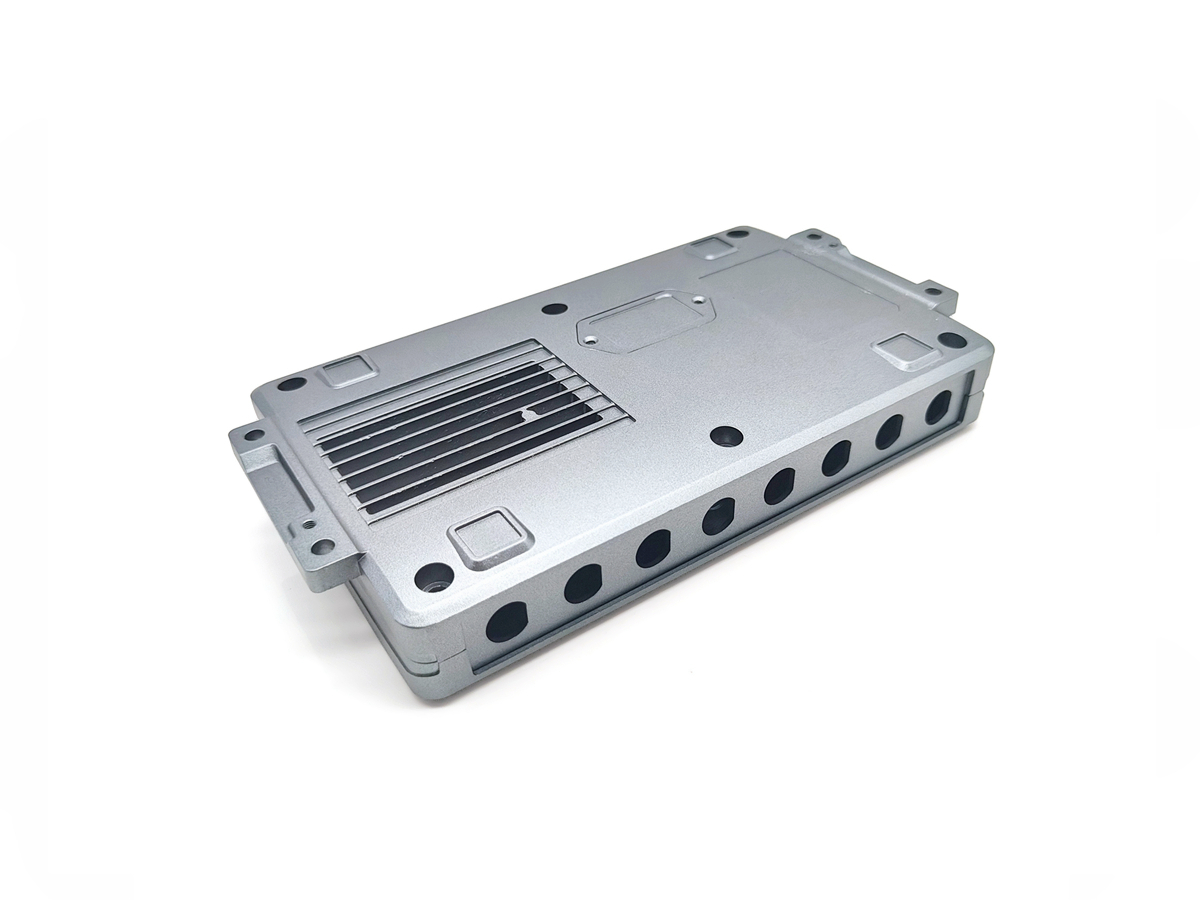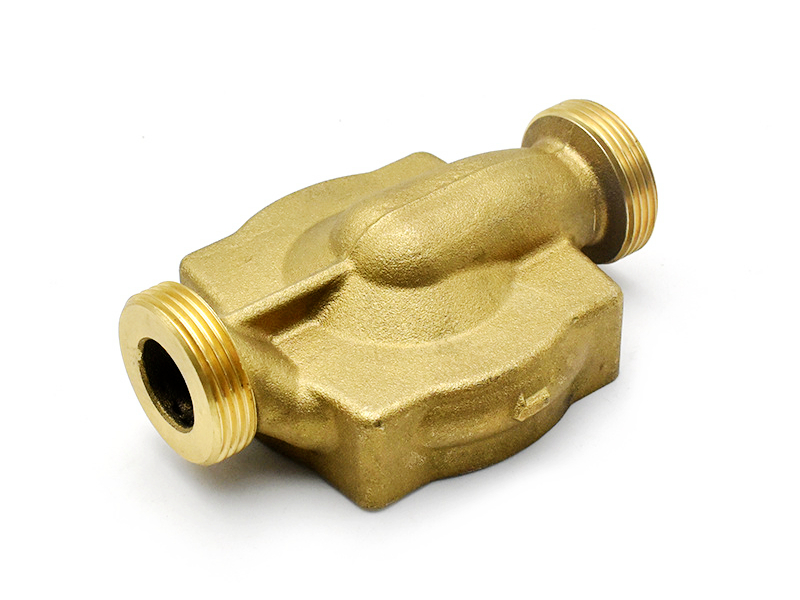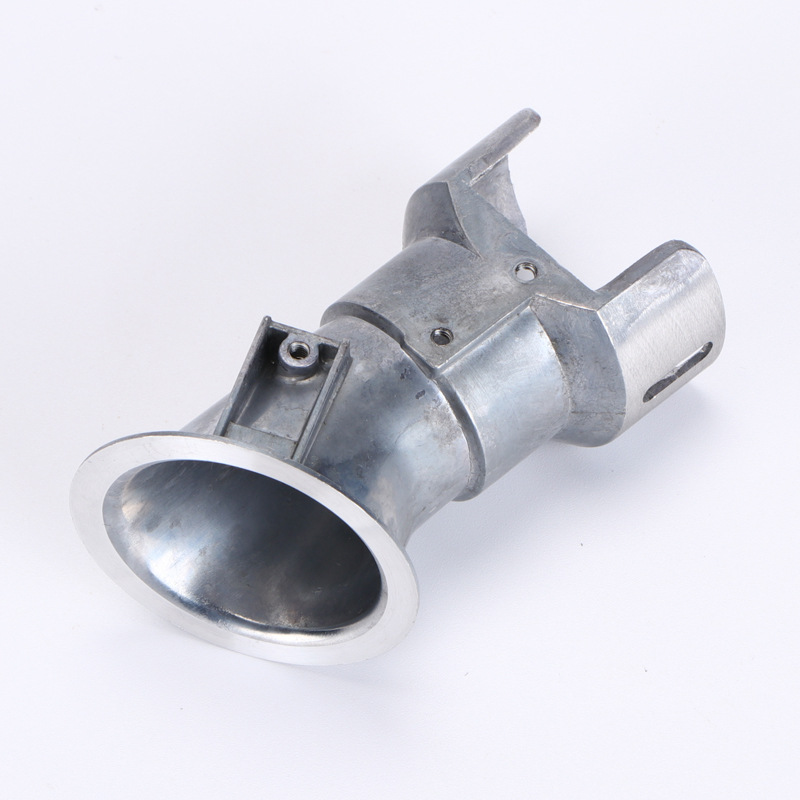Brass 464
Introduction to Brass 464
Brass 464, also known as Leaded Naval Brass, is a high-strength copper-zinc alloy that includes lead for improved machinability. Brass 464 offers an excellent combination of mechanical properties, corrosion resistance, and ease of machining, making it ideal for high-performance die casting, precision machining, and applications that require long-term durability. It is widely used in industries such as marine, automotive, aerospace, and electrical components.
At Neway Die Casting, Brass 464 is used in die casting applications where strength, corrosion resistance, and machinability are critical, particularly for parts exposed to harsh environments or those requiring fine details and durability.
Brass 464 Chemical Composition (Typical)
Element | Weight % | Function |
|---|---|---|
Copper (Cu) | Balance | Base material providing excellent thermal and electrical conductivity |
Zinc (Zn) | 62–66 | Enhances strength and improves casting properties |
Lead (Pb) | 2.5–3.5 | Improves machinability and reduces tool wear |
Tin (Sn) | ≤ 0.1 | Enhances corrosion resistance in marine environments |
Iron (Fe) | ≤ 0.5 | Increases strength and hardness |
Other (Mn, Ni, etc.) | Trace | Impurities are controlled for alloy balance and consistency |
Brass 464's high zinc content provides excellent strength, while adding lead enhances machinability, making it a popular choice for precision parts that require high performance and ease of manufacturing.
Physical Properties of Brass 464
Property | Value & Unit |
|---|---|
Density | 8.4 g/cm³ |
Thermal Conductivity | 110 W/m·K |
Electrical Conductivity | 28–30 % IACS |
Coefficient of Thermal Expansion | 19.5 µm/m·°C |
Melting Point | 900–940 °C |
Specific Heat Capacity | ~380 J/kg·K |
The alloy’s relatively high thermal conductivity allows for efficient heat dissipation in high-precision molding. At the same time, its density makes it suitable for parts that require both strength and weight-bearing capacity.
Mechanical Properties of Brass 464
Property | Typical Value & Unit |
|---|---|
Tensile Strength | 550–650 MPa |
Yield Strength | ~250–350 MPa |
Hardness | 80–100 HB |
Elongation | 10–15 % |
Modulus of Elasticity | ~110 GPa |
Brass 464’s strength, machinability, and resistance to fatigue ensures its suitability for parts subjected to high-stress conditions while maintaining flexibility for high-precision machining.
Die Casting and Tooling Applications for Brass 464
Brass 464 is frequently used in die casting and tooling applications requiring high strength, corrosion resistance, and easy machinability:
1. Precision Die Cast Parts
Brass 464 is ideal for die-cast components requiring both strength and durability. Its high strength makes it suitable for automotive and industrial applications, where parts are subjected to stress and wear over time.
Gate inserts and core pins: Components exposed to high thermal and mechanical stress in die casting molds.
Structural mold components: Strong enough to withstand pressure while maintaining dimensional integrity.
2. Marine Applications
The corrosion resistance of Brass 464 is especially beneficial in marine environments, where parts are exposed to seawater and harsh conditions:
Marine fittings and valves: Brass 464 is ideal for high-strength, corrosion-resistant components used in seawater systems.
Propeller components: High machinability and corrosion resistance ensure long-lasting performance.
3. Automotive and Aerospace Components
Brass 464 is used in various automotive and aerospace components, such as:
High-precision parts: Parts requiring both high strength and machinability, such as bushings and connectors.
Electrical contacts: Brass 464 is commonly used in electrical components due to its excellent conductivity.
Common Applications
Brass 464 is used in a wide variety of applications across different industries, including:
Die Casting: Core pins, gate inserts, and cavity components for aluminum and zinc die casting molds
Marine: Seawater fittings, valves, and other components exposed to corrosive environments
Automotive: Bushings, electrical contacts, and high-performance engine components
Aerospace: Precision components that require both high strength and machinability
Electrical: Terminals, connectors, and fittings that require good electrical conductivity
Machining Brass 464
One of the major advantages of Brass 464 is its excellent machinability, which makes it ideal for high-precision parts and components:
Ease of Machining: The presence of lead enhances machinability, allowing for smooth cuts and minimal tool wear. This makes it ideal for high-precision machining applications such as CNC milling and turning.
Finishing: Brass 464 can be polished to a high gloss, making it suitable for components that require a smooth surface finish, such as electrical contacts and fittings.
At Neway, we utilize advanced CNC machining and EDM to produce intricate, high-precision parts from Brass 464, ensuring that each component meets the exacting standards required for high-performance applications.
Surface Treatment Compatibility
While Brass 464 is naturally corrosion-resistant, it can be further enhanced through various surface treatments:
Electroplating: Nickel or chrome plating can be applied to enhance corrosion resistance, particularly in marine and industrial applications.
PVD Coatings: Titanium nitride (TiN) and other coatings improve surface hardness and wear resistance.
Polishing: Brass 464 can be polished to a high shine for optical-grade applications or components that require a smooth finish.
These treatments improve the longevity and performance of Brass 464 components in high-stress and high-abrasion environments.
FAQs
How does Brass 464 compare to other brass alloys like C360 regarding machinability and strength?
Can Brass 464 be used in marine environments for long-term applications?
What is the maximum operating temperature for Brass 464 in die casting molds?
How does Brass 464 perform in high-pressure casting environments?
Is Brass 464 suitable for injection molding as well as die casting?



